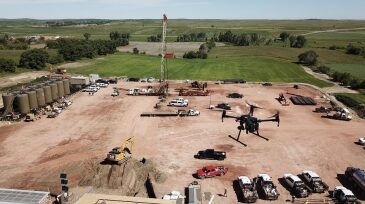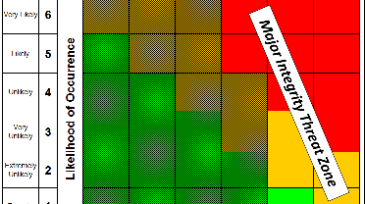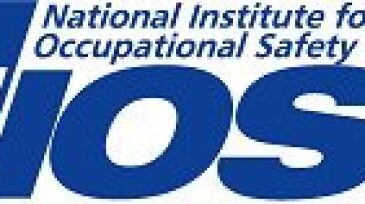Safety
This study ascertains the capital expenditure and operating expenditure associated with the reuse of existing facilities, specifically regarding a carbon capture and storage project being prepared in South Korea.
Sponsored
Advance your career with the new Pipeline Engineering Program at the Technical University of Leoben, a 5-month course combining on-campus and online learning, integrating industry expertise, engineering practice, and future-ready skills for professionals in oil, gas, and emerging energy systems.
A resilience-based approach to safety was the focus of a panel of experts at the 2025 SPE Annual Technical Conference and Exhibition in Houston.
-
Occupational exposure to vibration has been associated with an increased risk of musculoskeletal pain in the back, neck, hands, shoulders, and hips and also may contribute to the development of peripheral and cardiovascular disorders and gastrointestinal problems.
-
This study investigated the association between occupational noise exposure and the risk of elevated blood pressure and hypertension by stage in young adults.
-
Safety training must hurdle barriers built by people’s confidence in their misconceptions.
-
One of the more significant benefits of drones in the field to date has been their ability to improve safety in the field.
-
A hands-on workshop set for 14 February in Houston will be led by industry leaders in health, safety, and environment to provide participants the opportunity to learn how to inspire, motivate, and lead for safety and operational excellence.
-
SponsoredNew extreme environment ultracapacitor technology will allow directional drillers to eliminate lithium from their entire supply chain. These advanced ultracapacitors can be coupled with downhole turbine generators to provide reliable downhole power without the need for lithium.
-
OSHA’s efforts to require employers to report occupational fatalities and certain injuries in a timely manner lack “sufficient guidance on how to detect and prevent underreporting,” the Department of Labor Office of Inspector General states in its semiannual report to Congress.
-
Upstream oil and gas operations are inherently loud environments. With the right equipment, training, and hearing-conservation program, these noisy operations need not pose a risk to workers’ hearing.
-
The Technical Integrity Management System is a means of ensuring that the people, system, processes, and resources that deliver technical integrity are in place, in use, and fit-for-purpose throughout the whole life cycle of the assets, to avoid major accidents while meeting production objectives.
-
The National Institute for Occupational Safety and Health is collaborating with partners in industry, government, academia, and labor and with other stakeholders to achieve successful and sustainable outcomes to improve worker safety and health across the oil and gas extraction industry.













